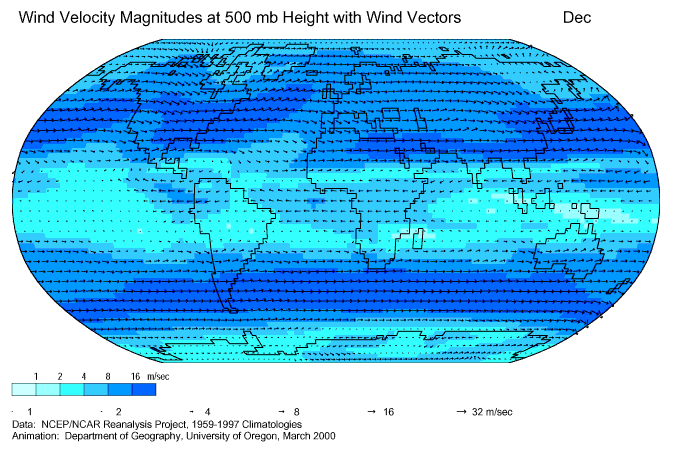
GET THE POWER
FROM ALTITUDE WINDS
1ST: THE ENERGY SOURCE
01
HUGE
A very tiny percentage of wind power would be sufficient to satisfy the entire world’s needs of energy. The tropospheric wind is esteemed to be 270 times the mankind primary energy needs.
winds at higher altitudes (as of 400 meters from the ground) are more powerful and constant than the winds we feel on the ground.
02
RENEWABLE
Wind is sunpower continuosly converted by earth atmosphere in kinetic energy. Is like having a gigantic solar panel, rated thousands of Terawatts, made, operated and mainteined for free by nature. Extracting some of its energy, even if up to the amount of the primary energy presently used by the antire mankind, would not affect in any way its functioning.
03
AVAILABLE
Altitude wind energy is more or less evenly distributed all around the world,
No other energy sources, that big, were ever been so accessible to everybody in the world. If access to concentrated energy sources- like lately coal and oil - ruled the world and shaped the policies along the centuries, access to wind altitude energy may radically change the scenario,
ALTITUDE WIND ENERGY

THE ENERGY SOURCE
01
HUGE
A very tiny percentage of wind power would be sufficient to satisfy the entire world’s need for energy. The tropospheric wind is estimated to be 270 times mankind’s primary energy need.
Winds at higher altitudes (as of 400 meters from the ground) are more powerful and continuous than the winds we feel on the ground.
02
RENEWABLE
Wind is a form of solar energy and caused by the uneven heating of the atmosphere by the sun, the irregularities of the earth's surface, and rotation of the earth. In short, it sun power converted continuously into kinetic energy by nature. Only a fraction of this renewable energy would be sufficient to satisfy the energy need of the entire world.
03
AVAILABLE
Altitude wind energy is more or less evenly distributed around the world. No other energy sources of this magnitude have ever been so accessible to so many in the world. If access to concentrated energy sources (coal and oil) has shaped the world along the past centuries, access to altitude wind energy could change everything for the better, granting the energy access to the most.

WIND SPEED AROUND 5000 METERS ALTITUDE
Get a glimpse on high altitude wind power...
Check out what our friend Marc Hauser does!
THE AWE TECHNOLOGIES

AWE: A RECENT HISTORY
In the late 1970s, Miles L. Loyd had the idea of building a wind generator without a tower, using a flying wing connected to the ground by a tether, much like a kite.
Conventionally AWE - Altitude (or Airborne) Wind Energy concept dates back to Myles Loyd assumptions, but the early years of the millennium saw the first application studies worldwide. Some academic spin-offs, scattered around the world, started to work on the AWE concepts and develop the first demonstrating prototypes…
Today hundreds of patents have been filed and many players, ranging from academic institutions to startups and public companies, are active. More than $150 M have been spent roughly and players like Google, EoN, ABB, Sabic, Alstom, NASA, Fraunhofer and others are presently investing into and supporting the AWE sector.

THE AWE SOLUTIONS
In the last decade the AWE domain increased rapidly and today around 100 AWE players are active worldwide, proposing several concepts and layouts, all of them sharing a common feature: the use of a flying device linked to the ground by one or more tethers. But only few of them have reached a prototype phase and none have yet succeeded in delivering an effective, efficient, reliable and resilient system. The success of these AWE solutions has up today been hindered because of three main factors:
- Aerodynamic performances of the flying device
- Autonomous operation
- Deployability and reliability of the overall system
The first that will succeed in delivering an AWE system with such characteristics may lead to a quantum leap able to radically change the global energy scenarios.

SKYPULL TECHNOLOGY
Skypull proposes an innovative approach, based on a groundbreaking new type of flying device, aimed at maximizing lift, with minimum drag and enabling autonomous operation: a “box-wing” drone with multi-element airfoils, characterized by high aerodynamic performance, deterministic behavior, intrinsic structural robustness, reduced weight and low production cost.



